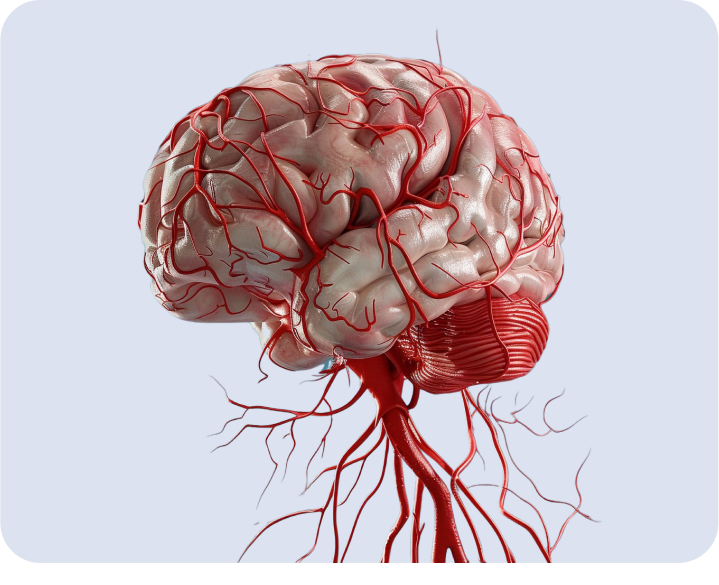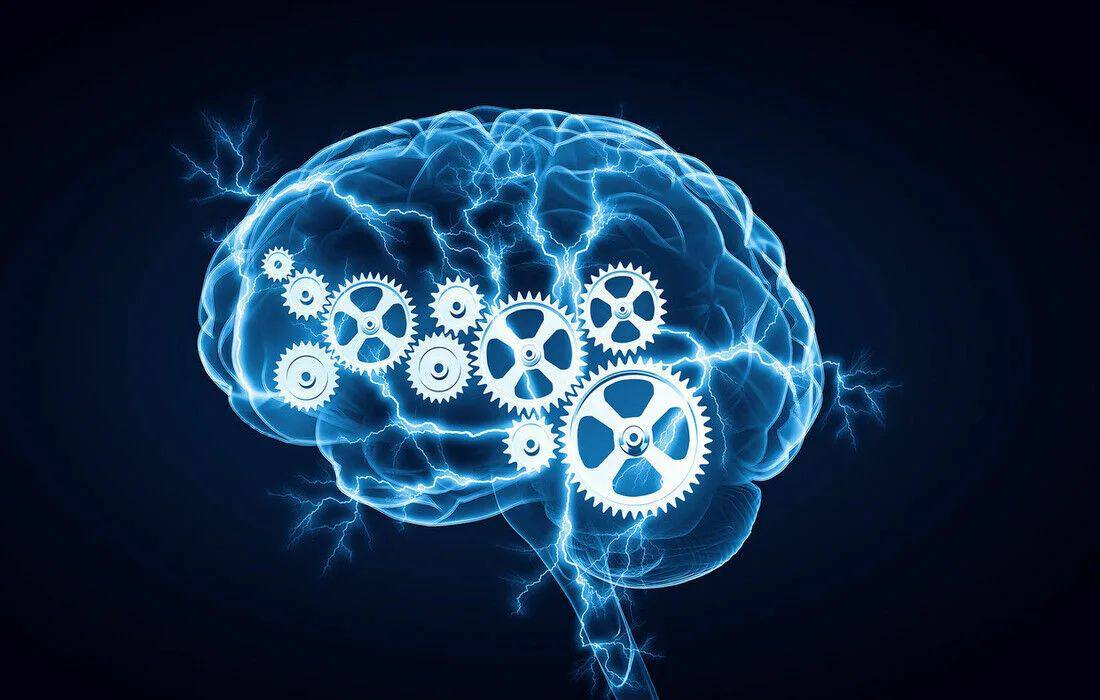Neurology
Registered on ClinicalTrials
The main mechanisms of development of cognitive impairment
A.N. BOGOLEPOVA
Federal State Autonomous Educational Institution of Higher Education “N.I. Pirogov Russian National Research Medical University” of the Ministry of Healthcare of the Russian Federation
(Pirogov University), Moscow, Russia;
Federal Center for Brain and Neurotechnology of the Federal Medical and Biological Agency of Russia, Moscow, Russia
Possibilities of neurocytoprotheiation during reperfusion therapy
Authors:
Schukin I.A. 1*, 2*, Koltsov I.A. 1*, 2*, Fidler M.S. 1*, Glukhava A.P. 1*
1* FGAOU in Russian National Research Medical University named after N.I. Pirogov »Ministry of Health of Russia
(University Pirogov), Moscow, Russia;
2* FSBI "Federal Center for Brain and Neurotechnology" of the Federal Medical and Biological Agency of Russia, Moscow, Russia
The dynamics of domains of emotional-cognitive and motor disorders in the structure of the PIT syndrome in patients who have undergone acute cerebral failure
Authors:
Belkin V.A., Vasilchenko I.E., Belkin A.A.
Modern approaches to the diagnosis and treatment of autonomic dysfunction syndrome in children
Author:
Nemkova S.A.
FGAOU in Russian National Research Medical University named after N.I. Pirogov "of the Ministry of Health of Russia (Pirogov University), Moscow, Russia
Vegetative dysfunction in patients with cerebrovascular diseases and metabolic syndrome
Author:
V.N. Shishkova
FGBU NMIC TPM Ministry of Health of Russia, Moscow, Russia
The results of a cohort -center randomized study of the modulating effect of Mexidol® in the rehabilitation of patients who have undergone acute cerebral failure
Registered on ClinicalTrials
A.A. BELKIN, V.A. BELKIN, I.E. VASILCENKO, E.A. PINCHUK
ANO "Clinical Institute of the Brain", Sverdlovsk region, Berezovsky, Russia
Link to the study here
Place of publication:
a journal of neurology and psychiatry named after S.S. Korsakova, 2024, T. 124, No. 4
The effectiveness of the use of Mexidol in combination with revascularization of the brain in the treatment of ischemic stroke
Authors:
A.M. Alaseev 1 , E.V. LANTSOVA 2
1 GAUZ SS "Sverdlovsk Regional Clinical Hospital No. 1", Yekaterinburg, Russia;
2 LLC "Sinsfiles", Yekaterinburg, Russia
Cognitive disorders in patients with arterial hypertension
Authors:
V.V. Zakharov 1 , P.A. Chernousov 1 , K.A. Vakhova 1 , A.N. Bogolepova 2.3
1 FGAOU VO "First Moscow State Medical University named after THEM. Sechenov »Ministry of Health of Russia (Sechenov University), Moscow, Russia;
2 FGAOU in Russian National Research Medical University named after N.I. Pirogov »Ministry of Health of Russia, Moscow, Russia;
3 of the Federal State Budgetary Institution "Federal Center for Brain and Neurotechnology" of the Federal Medical and Biological Agency of Russia, Moscow, Russia
Place of publication:
a journal of neurology and psychiatry named after S.S. Korsakova, 2024, T. 124, No. 4, Issue. 2
Neurometabolic therapy of moderate cognitive disorders in patients with chronic brain ischemia
Authors:
E.A. Antipenko 1 , A.V. Shulyndin 2 , K.M. Belyakov 3
1 FSBEI in “Volga Research Medical University” of the Ministry of Health of Russia, Nizhny Novgorod, Russia;
2 LLC "Vectorfarm", Moscow, Russia;
3 GBUZ but "Nizhny Novgorod Regional Clinical Hospital named after N.A. Semashko ", Nizhny Novgorod, Russia
Treatment of patients with ischemic stroke in the vertebral-baslar system in the acute period: Experience in the use of the neuroprotective drug Mexidol
Authors:
Z.A. Goncharova, I.V. Chernikova, V.A. Nazarova, V.V. Tolmacheva, K.G. Ovsepyan
FSBEI in "Rostov State Medical University" of the Ministry of Health of Russia, Rostov-on-Don, Russia
The use of Mexidol in patients with mild (moderate) cognitive disorders: the results of meta -analysis
Author:
V.V. Zakharov, N.V. Vakhnin
FGAOU VO "First Moscow State Medical University named after THEM. Sechenov "Ministry of Health of Russia (Sechenov University), Moscow, Russia
The effect of therapy with the drug Mexol on the regression of neurological deficiency and a functional outcome in patients with ischemic stroke: a systematic review and meta analysis
Authors:
I.A. Voznyuk 1.2 , S.V. Kolomensev 2.3 , E.M. Morozova 1
Arterial hypertension and cognitive disorders. The gaze of a neurologist
Author:
A.I. Fedin
FGAOU in Russian National Research Medical University named after N.I. Pirogov »Ministry of Health of Russia, Moscow, Russia
Approaches to pharmacotherapy of vascular moderate cognitive disorders in patients of various age groups
Authors:
V.V. Zakharov 1 , A.I. Fedin 2 , E.A. Mkhitaryan 2, 3
Features of pharmacotherapy of vascular cognitive impairment in elderly people
Author:
A.N. Bogolepova 1, 2
1 FGAOU in Russian National Research Medical University named after N.I. Pirogov »Ministry of Health of Russia, Moscow, Russia;
2 FSBI "Federal Center for Brain and Neurotechnology" of the Federal Medical and Biological Agency of Russia, Moscow, Russia
THE INFORMATION IS INTENDED FOR HEALTHCARE AND PHARMACEUTICAL PROFESSIONALS. THIS INFORMATION IS NOT INTENDED AS A SUBSTITUTE FOR MEDICAL ADVICE.
Source of photos and images Shutterstock.com














